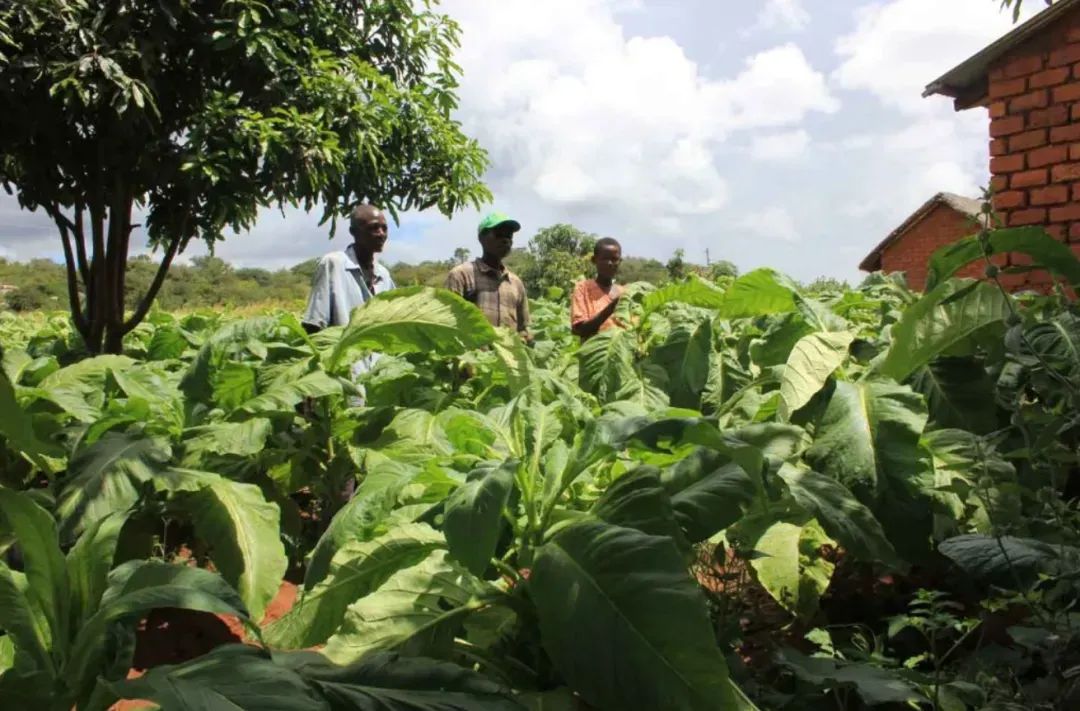Top 6 News in the Global Tobacco Industry
The global tobacco industry is undergoing significant changes in 2024, driven by economic recovery, shifting consumer demands, stricter regulations, and technological advancements. Here are the six major developments shaping the industry:
1. Global Tobacco Industry Adjusts Amid Complex Challenges
In 2024, the global tobacco market is projected to exceed $950 billion, with a growth rate of approximately 2.5%. While developed markets face declining traditional cigarette sales due to regulatory pressures and rising health awareness, emerging markets in Asia-Pacific, Africa, and the Middle East are thriving. Countries like India and Indonesia are experiencing growing demand due to population growth and economic development.
Illicit cigarette trade has surged post-COVID-19, remaining high in 2024. Meanwhile, heated tobacco products and e-cigarettes, which saw rapid growth in previous years, are now growing at slower rates of 12.6% and 8.9%, respectively. Nicotine pouches, however, are booming, with sales expected to grow over 50% in 2024, reaching $11.2 billion—a 20-fold increase from five years ago.

2. ZYN Nicotine Pouches Gain Rapid Popularity, Sparking Controversy
Philip Morris International’s (PMI) nicotine pouch brand, ZYN, has seen explosive growth in the U.S., with sales of 416 million cans in the first three quarters of 2024—surpassing its 2023 total. To meet demand, PMI is investing 600millioninanewColoradofactoryand600millioninanewColoradofactoryand232 million to expand its Kentucky facility.
However, ZYN’s popularity, particularly among teens, has raised concerns:
- Youth Addiction: U.S. Senator Chuck Schumer has accused PMI of targeting teens through social media, urging the FDA and FTC to regulate ZYN’s marketing.
- Monopoly Allegations: PMI faces a lawsuit alleging it monopolized the nicotine pouch market to eliminate competitors like Dryft.
- Flavor Restrictions: PMI has halted online ZYN sales in Washington, D.C., following a subpoena related to flavored tobacco regulations.
3. WHO FCTC COP10 and MOP3 Held in Panama
The 10th Conference of the Parties (COP10) to the WHO Framework Convention on Tobacco Control (FCTC) and the 3rd Meeting of the Parties (MOP3) to the Protocol to Eliminate Illicit Trade in Tobacco Products took place in Panama from February 5-15, 2024. Key discussions included:
- Tobacco’s environmental impact.
- Cross-border tobacco advertising and sponsorship.
- Tracking and tracing systems for tobacco products.
The meetings highlighted the need for stronger global tobacco control measures, particularly in addressing new tobacco products and illicit trade.
4. Global Tobacco Leaf Production Declines, Driving Supply Shortages
In 2024, global tobacco leaf production (excluding mainland China) has decreased:
- Flue-cured tobacco: 37.6 million quintals, down 4.4%.
- Oriental tobacco: 2.06 million quintals, down 6.4%.
- Dark air-cured tobacco: 2.12 million quintals, down 7%.
Only burley tobacco production increased, reaching 9.26 million quintals, up 6.7%. Adverse weather conditions, such as excessive rainfall in Brazil and drought in Zimbabwe, have significantly impacted yields. As a result, tobacco leaf prices have risen, with Zimbabwean export prices reaching $5.23/kg, up 4.8% year-on-year.
5. U.S. Cigarette Market Shrinks, Impacting Major Tobacco Companies
The U.S. cigarette market, the largest globally, continues to decline, with sales expected to drop 6.3% in 2024 to 3.33 million cases. Factors include high inflation, the rise of alternatives like disposable e-cigarettes, and flavor bans.
Major tobacco companies are feeling the impact:
- Altria Group: Cigarette sales fell 11.5% in H1 2024, with Marlboro sales down 10.4%.
- British American Tobacco (BAT): U.S. cigarette sales dropped 13.7%, leading to a $27.3 billion impairment charge for brands like Newport and Camel.

6. PMI Sells Pharmaceutical Subsidiary Vectura at a Loss
In September 2024, PMI sold its pharmaceutical subsidiary, Vectura, to Molex Group for 393million—asignificantlosscomparedtothe393million—asignificantlosscomparedtothe1.24 billion it paid in 2021. The sale reflects PMI’s strategic shift to focus on smoke-free products.
Vectura, which specializes in inhaled medications, faced challenges after clinical trial failures and R&D setbacks, leading to a $680 million impairment charge in 2023. PMI’s remaining healthcare divisions will continue developing oral health and pain management products.

Conclusion
The global tobacco industry is navigating a complex landscape in 2024, balancing challenges like regulatory pressures and declining cigarette sales with opportunities in emerging markets and innovative products like nicotine pouches. As the industry evolves, companies must adapt to shifting consumer preferences and stricter regulations to remain competitive.
Keywords:
Global tobacco industry, ZYN nicotine pouches, WHO FCTC COP10, tobacco leaf production, U.S. cigarette market, PMI Vectura sale
Discover more from Ameca-mall
Subscribe to get the latest posts sent to your email.


